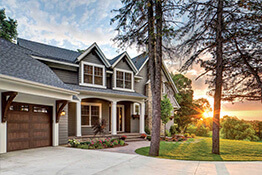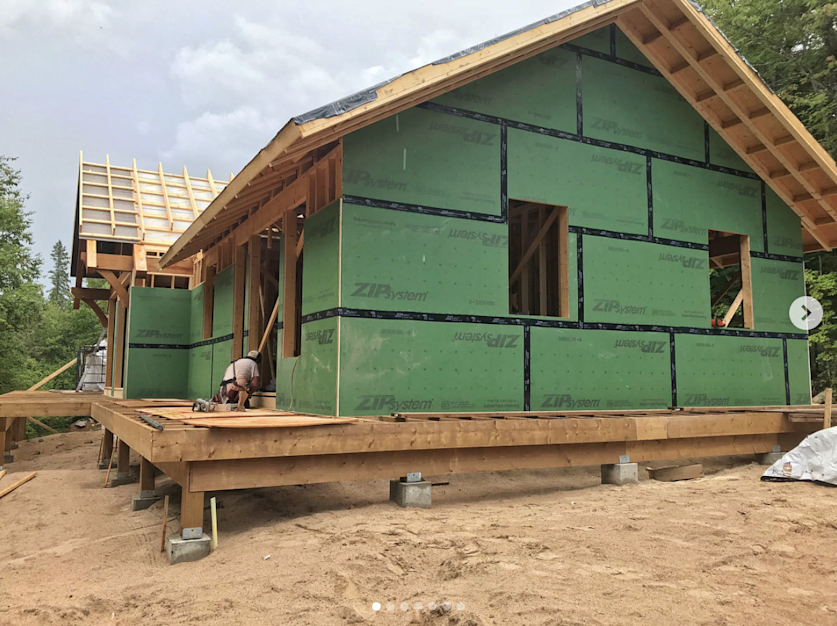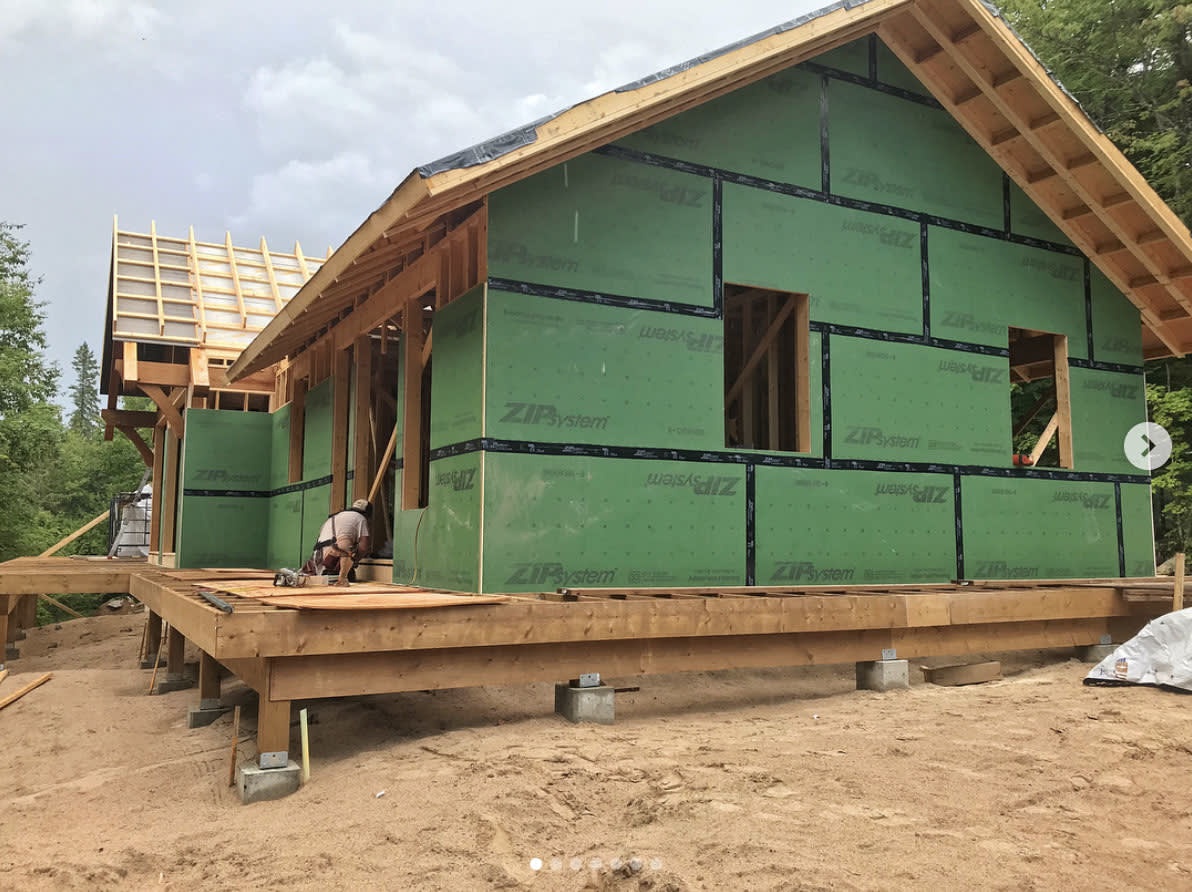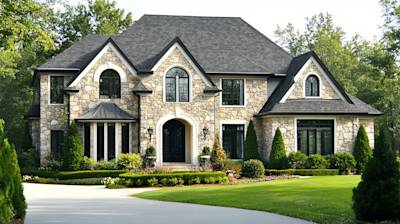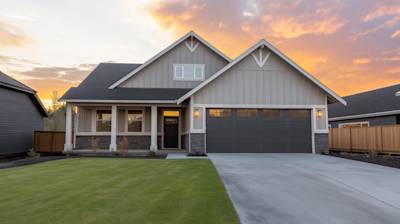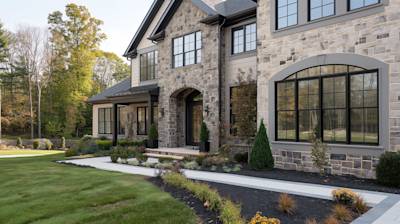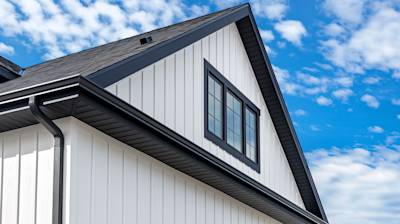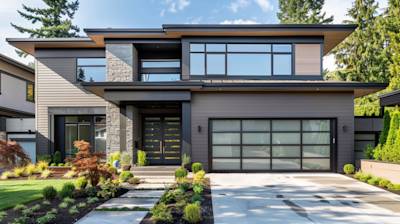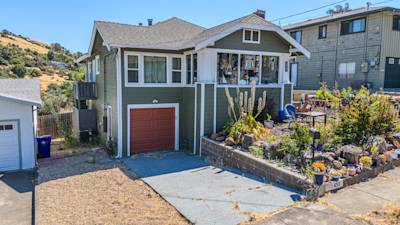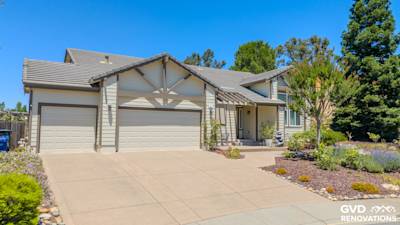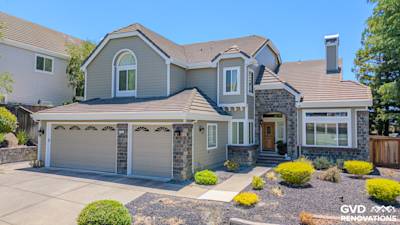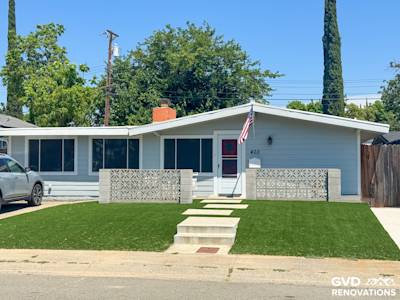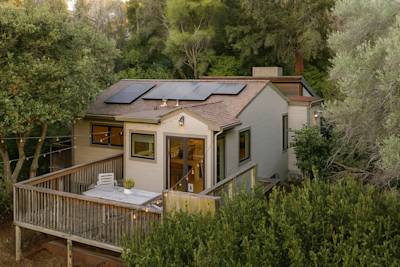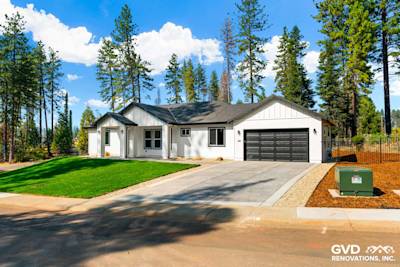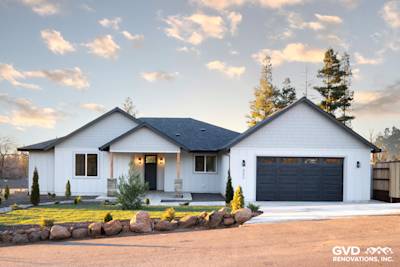When considering a house renovation, one topic that consistently comes to the forefront is ZIP system sheathing. This innovative product is more than just a trend—it’s a game changer in the home improvement industry. But what exactly is it, and what can it do for your house? We will pull back the curtain to reveal the many benefits of using ZIP system sheathing in your home renovation project.
What is ZIP System Sheathing?
Before we delve into the particulars of the benefits, it's essential to understand what ZIP system sheathing is. It’s a revolutionary engineered wood panel coupled with an integrated water-resistant, air-blocking barrier. It’s pretty impressive stuff—no more hassles with house wraps or felt paper. Instead, the ZIP system provides a unique, all-in-one solution that saves time, enhances the durability of your home, and delivers superior performance.
Delivering Increased Energy Efficiency with ZIP System Sheathing
One of the most sought-after features in any home renovation is improved energy efficiency. Leaky homes can lead to inflated energy bills, which is an unwelcome surprise for any homeowner. Thankfully, ZIP system sheathing comes to the rescue by providing exceptional air barrier performance. The tight seal it creates helps reduce air leakage, leading to more effective insulation, less energy usage and, consequently, decreased utility costs. It’s a win-win situation for both the environment and your wallet.
Increased Durability and Structural Integrity
ZIP system sheathing not only offers energy efficiency—it's a powerful player when it comes to durability and structural integrity. Made from robust engineered wood and bonded with a water-resistant barrier, it's designed to withstand the harshest of weather conditions. Whether the house faces hot, humid summers, biting cold winters, or torrential rains, you can count on the ZIP system to keep you safe and dry.
Easy Installation and Reduced Labor Costs
The old adage says, “Time is money,” and it holds especially true in home renovation. Traditional sheathing methods are often time-consuming and labor-intensive, but the ZIP system sheathing presents a convenient alternative. It combines sheathing and weather protection in one step, which significantly expedites the process and reduces labor costs. This easy installation means your dream renovation can become a reality much sooner.
Moisture Management and Mold Prevention
Every homeowner's nightmare is moisture infiltration and the potential for mold development it brings. Fortunately, the ZIP system is specially designed with an integrated water-resistant barrier that effectively shields against water intrusion. This characteristic contributes to a healthier and safer indoor living environment by minimizing the risk of mold growth. Invest in ZIP system sheathing, and enjoy peace of mind knowing your home can breathe easier.
ZIP System Sheathing Cost
Understanding the ZIP system sheathing cost is essential, especially when budgeting for a renovation project. While the initial cost might be a tad higher than traditional sheathing options, the long-term savings it offers in terms of reduced energy expenses, lower labor costs, minimal maintenance, and longevity makes it a cost-effective solution. And let's not forget the priceless peace of mind it gives homeowners knowing their family is protected from weather-related issues and potential health hazards.
Embrace the ZIP System Sheathing Revolution!
In conclusion, ZIP system sheathing brings a wealth of benefits to your home renovation. It’s not just a building material—it’s an all-in-one solution that merges superior performance with uncompromising durability, energy efficiency, and convenience. So, when planning your next renovation, consider the ZIP system sheathing advantages and join the revolution of smarter, longer-lasting, and energy-efficient homes.
Frequently Asked Questions about ZIP Wall System Sheathing
In this comprehensive FAQ, we delve into the world of 'ZIP system sheathing', a contemporary construction technology that has significantly changed the building industry. We will look into its applications, benefits, installation practices, and comparison with other traditional sheathing methods.
What is the composition of ZIP System sheathing panels?
ZIP System sheathing panels are constructed from a premium, water-resistant OSB (oriented strand board) that meets the Structural 1 standard for enhanced shear strength. During production, a protective layer that acts as a water-resistant barrier is integrated into the panel.
Do ZIP System sheathing panels undergo pressure treatment?
ZIP System sheathing panels are not treated with chemicals or subjected to a pressure treatment process during their manufacture.
How do green and brown ZIP System sheathing panels differ?
The primary difference lies in their thickness. The green ZIP System sheathing panels have a thickness of 7/16”, while the sienna (brown or red) panels are available in thicknesses of 1/2" or 5/8".
What is the weather exposure limit for ZIP System sheathing and tape?
ZIP System enclosure products are designed to withstand exposure to the elements for up to 180 days.
Define WRB.
A WRB refers to a water-resistive barrier (or weather-resistive barrier), which is a protective layer designed to prevent bulk water intrusion into an exterior wall assembly, situated between the structural panel and the exterior cladding. North American building codes mandate at least one WRB layer.
Is housewrap necessary over ZIP System sheathing?
Generally, no. The ZIP System sheathing's integrated protective layer, along with properly sealed panel seams using ZIP System flashing tape or liquid flash, typically satisfies building codes for WRBs, thus negating the need for a separate housewrap in many scenarios.
Is it possible to apply housewrap on top of ZIP System sheathing?
Yes, in cases where exterior cladding types, such as stucco, demand multiple layers of WRB as per building codes or the cladding manufacturer's instructions, housewrap or an additional WRB layer must be added over the ZIP System sheathing and tape.
What types of fasteners are compatible with ZIP System wall sheathing?
The use of standard code-recognized fasteners, the same as those used for attaching traditional OSB or plywood sheathing to framing, is approved for ZIP System wall sheathing. However, screws are not approved for securing structural sheathing like the ZIP System to wood framing.
Do I need to cover every fastener hole in ZIP System panels?
It's not mandatory to cover every nail head on the panel field with ZIP System liquid flash for the warranty to remain valid. However, fasteners that either miss the framing or penetrate more than halfway through the panel need attention. Except for these cases, most nail heads won't pose a problem.
Does the ZIP System serve as an air barrier?
Absolutely. The ZIP System sheathing, when used in combination with ZIP System flashing tape or ZIP System liquid flash, creates a solid air barrier. This combination is a key part of the continuous air control layer. Additionally, ZIP System flashing products can integrate with other air control layer components to enhance building envelope performance.
How much ZIP System flashing tape do I need for each panel?
Typically, one 90-foot roll of ZIP System flashing tape is sufficient to cover the panel seams of six to seven standard 4’x8’ panels on a flat surface. The exact quantity may vary based on the framer's experience level.
Are ZIP System sheathing panels considered a vapor barrier?
No, ZIP System sheathing panels are not vapor barriers. The integrated protective overlay is designed to be permeable, allowing moisture to escape and dry to the exterior.
What is the permeability rating of ZIP System sheathing panels?
The permeability of ZIP System sheathing panels varies. The OSB component has a permeability rating of 1-3 perms, depending on its thickness. The permeability rating of the integrated protective overlay on its own is between 12-16 perms.
Summary
Having explored the world of durable wall paneling, it's clear that ZIP System sheathing provides an all-in-one solution. Offering both insulation and water-resistance, this sheathing uses an innovative design that reduces the need for additional materials. It creates an efficient building envelope that helps save time and reduces the likelihood of issues from moisture and air leakage.
It's also important to note the convenience offered by ZIP System sheathing. Its built-in moisture and air barrier eliminates the need for house wrap, which simplifies installation. This makes it not only a cost-effective choice, but also a terrific time saver for builders. So, if you're looking for robust yet easy-to-install sheathing, this system is definitely a go-to solution.
Lastly, let's not overlook the quality and reliability that this sheathing brings to the table. As a product of building and materials science, ZIP System sheathing boasts superior performance under varying environmental conditions. Its ability to withstand harsh weather, resist water and air leakage, and provide long-lasting durability makes it a solid and dependable choice for almost any building project.
About GVD Renovations & Remodeling
Welcome to GVD Renovations & Remodeling, your premier home improvement and remodeling company based in sunny Roseville, California. We're known not only for our high-quality renovations and transformations, but also for our dedicated team of experts who are passionate about turning your house into your dream home. Whether it’s exterior remodeling, siding, windows or design and build for residential and commercial properties, we bring exceptional craftsmanship and attention to detail to every project. With a commitment to customer satisfaction that’s unmatched, we work closely with you every step of the way, ensuring a pleasant and rewarding renovation experience. Come, be a part of our GVD family and let’s create something beautiful together!
This article is for general information only and not professional advice. Always consult a licensed contractor before making project decisions. Product details, specifications, or warranties may have changed since publication. Brand and product mentions reflect opinion, not endorsements or guarantees.
Tags: Zip System Sheathing, Home Renovation, Energy Efficiency,
